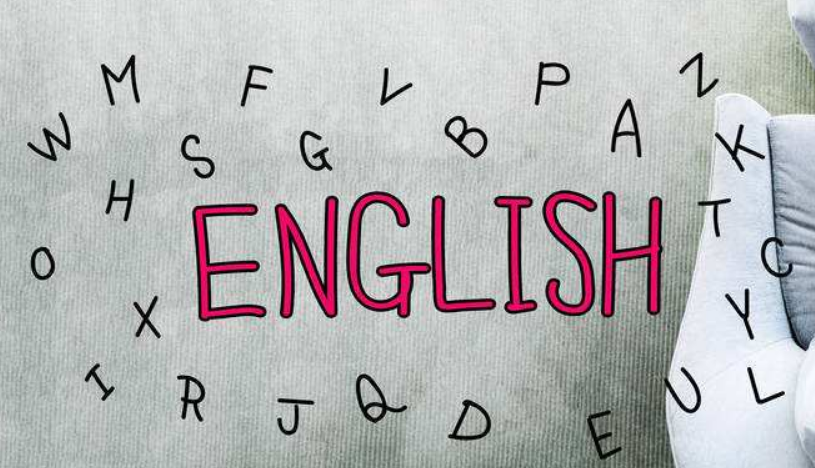The quest for the correct representation of Chinese characters in English is a complex task that requires a deep understanding of both the source and target languages. It's important for non-native speakers to get it right because the misrepresentation can lead to misunderstandings or even cultural insensitivity. This article will explore how to properly write Chinese names and words in English using several examples.

Firstly, let's discuss the basics. Chinese characters have different stroke orders, radicals, and meanings. When translating these into English, it's crucial to consider not only the phonetic but also the semantic aspects of each character. In some cases, direct translation may not yield an accurate result, and it's better to use a more general term or provide an explanatory note. For instance, "龙 (dragon)" doesn't translate directly to "long" in English; instead, it should be written as "dragon."
Another aspect to consider is the pronunciation of Chinese characters. Some sounds are unique to the Chinese language and do not exist in English. To convey these accurately, international phonetic alphabet (IPA) symbols are often used. For example, the character “汉” (meaning "Han"), could be written as "Han" with the IPA symbol /han/ attached after it in English text.
Now let's delve into specific techniques and examples:
1.Direct Translation vs. Literal Translation: Sometimes, the closest English equivalent might not be what you're looking for. Direct translation can be misleading if the context is different. For example, "中国" is best translated as "China" rather than "central country." Similarly, "长城" means "great wall" but should be written as "Great Wall."
2.Cultural Sensitivity: In some cases, translating culturally sensitive terms requires discretion. For instance, translating "大熊猫" as "giant panda" avoids any negative associations with "big." On the flip side, translating "旗袍" as "cheongsam" maintains its original cultural significance while being understood in English-speaking countries.
3.Names: Naming someone from China can be tricky. Firstly, there's no fixed rule for converting Chinese names into English forms because they vary greatly based on individual preference and family tradition. However, some common practices involve retaining the initial consonants followed by a vowel sound similar to the Chinese pronunciation. For example, "张伟" (Zhang Wei) might be written as "Zhang Wei."
4.Professions and Titles: Translating professions or titles requires knowledge about the field and cultural nuances. For instance, translating "中医" (Chinese medicine) or "功夫" (kung fu) accurately conveys the intended meaning. It's also important to differentiate between titles and honorifics in different cultures.
5.Brand Names and Place Names: Brand names like "华为" (Huawei) or place names like "北京" (Beijing) need special attention to maintain their original essence in English. Oftentimes, they are simply spelled in their native form for brand recognition purposes.
6.Common Nouns and Verbs: Many common nouns in Chinese don't have direct English equivalents, so it's important to provide context or explain them when necessary. Similarly, some verbs carry rich connotations that require explanation or substitution to avoid confusion.
In conclusion, representing Chinese words and names in English demands careful consideration of phonetics, semantics, and cultural context. It's essential to balance accuracy with ease of understanding for non-native speakers while also respecting the cultural heritage of the source material. By following best practices and using appropriate tools such as IPA symbols or explanatory notes, we can ensure effective communication across languages and cultures.
推荐阅读》未经允许不得转载:» 中国人用英语怎么写的(Chinese in English)

 家长点评网
家长点评网











